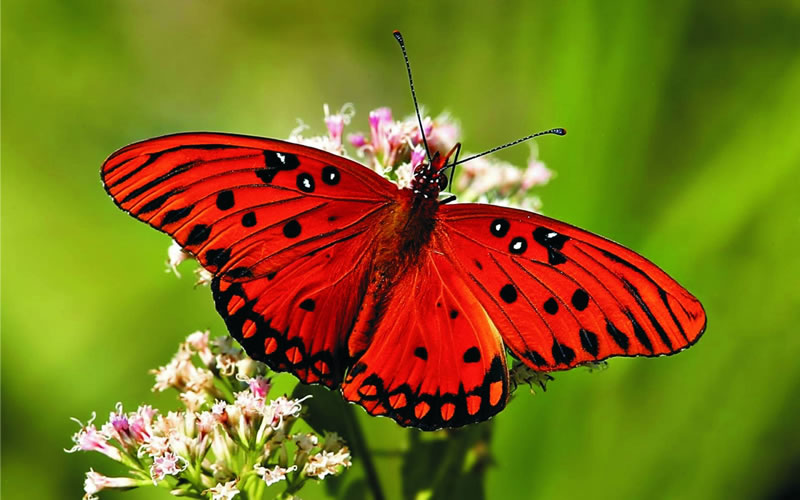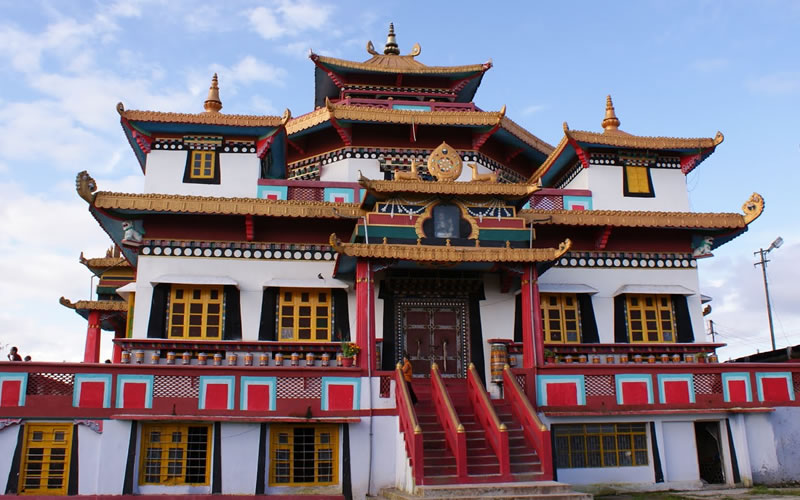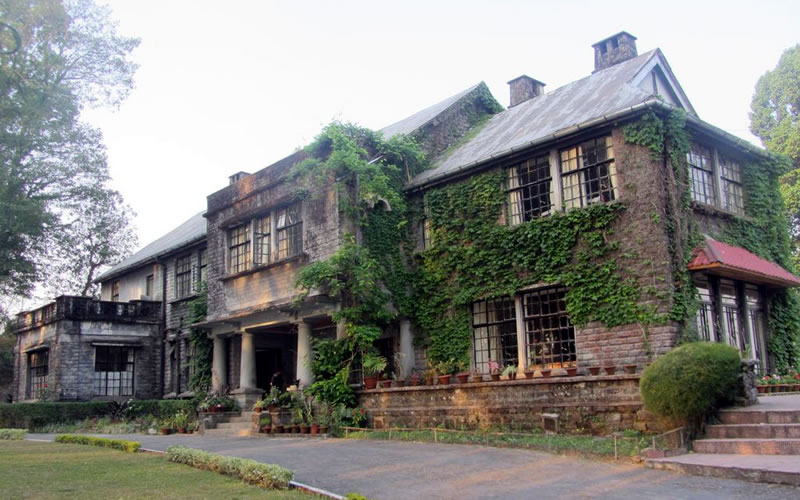Discover Kalimpong
Kalimpong has come a long way since 1865, when it was just a small hamlet of 3 to 4 families having few cows. At present it has a population of about 70,000. Prior to 1864, the information cannot be authenticated as accounts are contradictory and vary from source to source. Due to this reason, even the etyonology of its very name Kalimpong is not clear and has various theories. From the Lepcha sources, “Kalenpung” means Ridges Where We Play. In Tibetan translation it means The Stockade of Kings Ministers, and the hill people also call “Kalimpong” as “Kalibong” meaning “Black Spurs”.
Discover Kalimpong
Kalimpong has come a long way since 1865, when it was just a small hamlet of 3 to 4 families having few cows. At present it has a population of about 70,000. Prior to 1864, the information cannot be authenticated as accounts are contradictory and vary from source to source. Due to this reason, even the etyonology of its very name Kalimpong is not clear and has various theories. From the Lepcha sources, “Kalenpung” means Ridges Where We Play. In Tibetan translation it means The Stockade of Kings Ministers, and the hill people also call “Kalimpong” as “Kalibong” meaning “Black Spurs”.
DESTINATION HIGHLIGHTS

Explore Kalimpong Delo Hill
Situated at a height of 5500ft, Delo is the highest point of Kalimpong town. The view from the Hill is a fantastic one.

Kalimpong Pine View Nursery
Situated in the outskirts, also known as the famous Cactus nursery, this nursery has turned into one of the major places of tourist interest.

Nature Interpretation Centre
Nature Interpretation Centre in Kalimpong provides great information on the effect of human activities in the Earth’s environment.

Explore Kalimpong Zang Dhok Palri Phodang
Dalai Lama consecrated Zong Dog Palri Fo-Brang Gompa, also known as Durpin Monastery, in 1976 after six years of establishing it.

Explore Kalimpong Science City
Covering an area of 7 acres, Science City of Kalimpong is a knowledge-based organization of high quality and dedication.

Explore Kalimpong Hanuman Tok
Hanuman Tok has a huge statue of Lord Hanuman approximately 25 to 30 ft in height, located on a hilltop not far away from the Science City.

Kalimpong Lepcha Museum
Situated about a kilometre from town, the museum has various articles for those who want to know about the Lepcha culture and heritage.

Explore Kalimpong Tsonga Gumba
This is the oldest Bhutanese Monastery in the district of Darjeeling, proving the presence and the hold of Bhutan over Kalimpong.

Kalimpong Mac Farlen Church
Ever since it was constructed in the year 1890 – 91, this magnificent architecture has been the landmark of Kalimpong.

Kalimpong Dr. Graham’s Homes
J. A. Graham is one of the pioneers for the development of Kalimpong, it was through him Kalimpong gained popularity throughout Europe.

Explore Kalimpong Morgan House
The Morgan House is one of the oldest Colonial bungalows, that was built after the British opened up Kalimpong as a hill resort.

